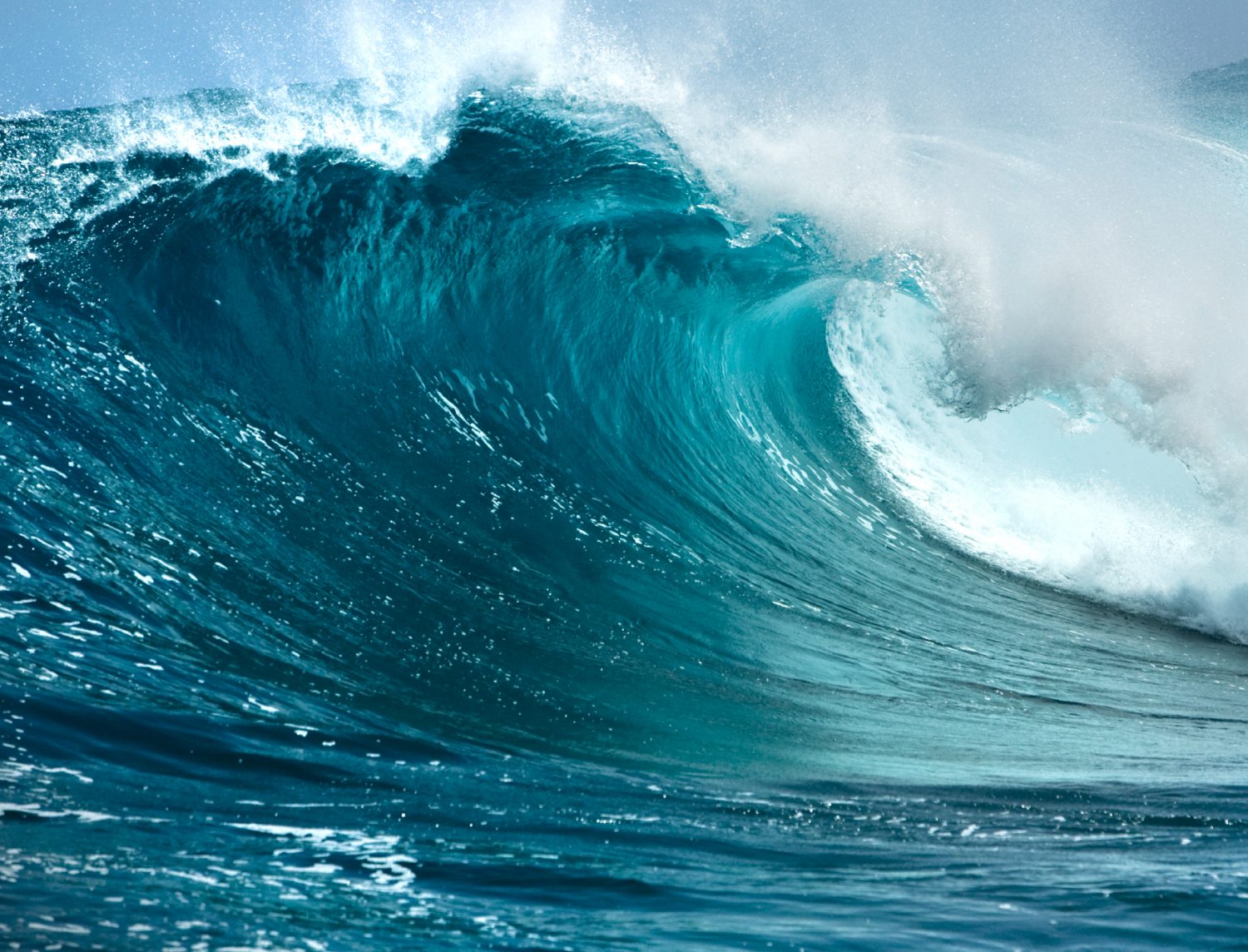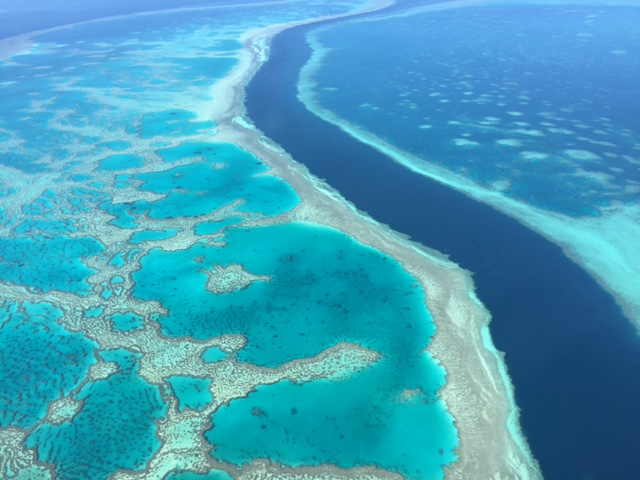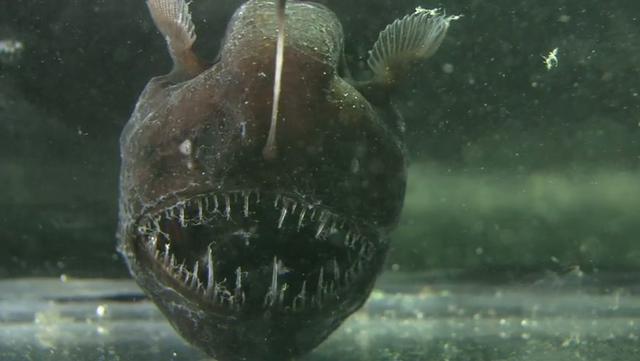The wind in your hair, the sand on your face and the seagull in your chips. It all reminds you of the beach. But there’s so much more to our oceans than the very edges we see when we rush to the shores in the summer months.
Australia has the third largest marine estate in the world, extending from the coast to the abyssal ocean, from the tropics to Antarctica. And the ocean affects nearly all components of our lives.
Oceans provide us with food, with opportunities to work and play, and help control the environment in which we live. Oceans ultimately provide the water we drink and the air we breathe. So how much do you know about our life-giving oceans? Put your knowledge to the test.
Results
You did it! You are a master of Ocean trivia (as a reward go and download our book for free).
Oh geez! We know you tried your best! To make you feel better why not go and download a free copy of our Oceans book?

#1. As much as 80 per cent of the oxygen we breathe comes from plants in the ocean
Scientists estimate that 50-80 per cent of the oxygen production on Earth comes from the ocean. The majority of this production is from oceanic plankton — drifting plants, algae, and some bacteria that can photosynthesize.

#2. The Great Barrier Reef is the world’s largest reef system
Stretching for 1,429 miles over an area of approximately 133,000 square miles , the Great Barrier Reef is the largest coral reef system in the world.

#3. Plants can live at 1000 metres depth in the ocean
No plants live at these depths because there is no light. Some animals do though. They live in total darkness, at extreme pressure, with relatively low oxygen levels, and at temperatures of less than 4 degrees.

#4. The Mariana Trench is thought to be the deepest part of the world’s ocean, but it’s not as deep as Mount Everest is tall.
If Mount Everest was dropped into the trench at the deepest point of the Mariana Trench, its peak would still be 1.6 km underwater.

#5. For every species of marine life in Australia we know of, at least another seven are yet to be discovered
Some 33,000 marine species, mainly animals, are recorded from Australian waters. About 17,000 others have been collected but not catalogued. It is estimated that only 10-20% of Australian marine organisms may have been sampled – so there may be as many as 250,000–500,000 Australian marine species.

#6. What is the name of the point on Earth, located in the Pacific ocean, that is most farthest from land?
The part of the ocean farthest from land lies in the South Pacific and is known as Point Nemo or ‘The Pole of Inaccessibility’. Point Nemo isn’t an actual ‘point’ as (obviously) there’s no land there — it’s simply a spot in the ocean that happens to be 2,688 kilometres from the nearest land. The name doesn’t come from the film Finding Nemo. It actually comes from Jules Verne’s Captain Nemo of Twenty Thousand Leagues under the Sea.


6th December 2017 at 10:39 pm
Great idea
6th December 2017 at 6:57 pm
more questions please
6th December 2017 at 3:40 pm
I like this type of quiz specially about nature
6th December 2017 at 3:23 pm
Great Quiz: thanks
30th November 2017 at 4:58 pm
Good quiz that taught me something – especially about the temperatures at great depths and the numbers of Australian marine species that have not been sampled. Need to think big I suppose.